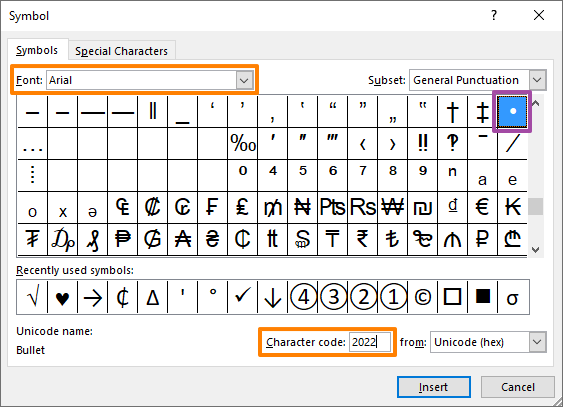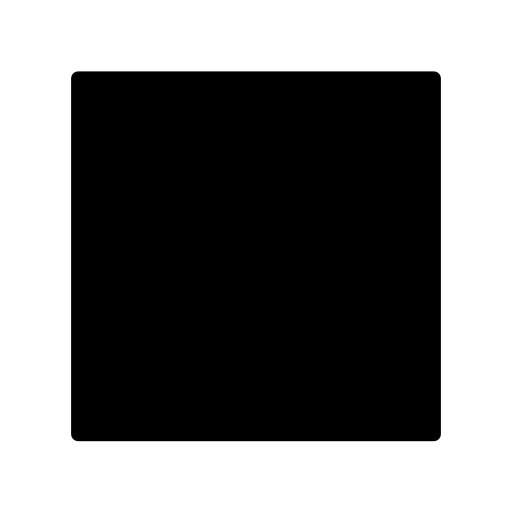
Unicode Filled Box Code To Insert
Type 2611 and immediately There seems to be something wrong with both how Windows Terminal. The Ballot box with check symbol. Type 2713 and immediately press Alt+X. How to insert check mark and x mark in Word - See more all of the best law on Law Details: Using a shortcut key: In Microsoft Word, you can use Unicode to insert any of the used symbols: Unicode.Symbol.

It's just as reasonable to suppose that these patterned characters were intended to be used as actual patterns. People use patterned fills in graphing all the time, both with and without the availability of RGB colors. And once fonts with blocks work correctly, why would you want to return to a built-in rendering?Even if some fonts work properly and other don't, the ability to configure a set of fonts for different blocks of Unicode characters, which will probably be required to properly handle a mix of latin, asian (CJK) and technical characters (Math, powerline, nerd font.), would make it possible to simply specify a font that works for the block and line characters while using other fonts for everything else, so no other fallback required.I guess it started as a way to do intermediate colors and gradientsDid it though? I haven't seen any evidence to suggest that was the only intended usage. Now that we can use 256 and RGB colors, the pattern they provide is more interesting than the color mix.I might agree that for a built-in rendering of blocks and lines not based on a font, a pure color mix could work as a default, but it is critical to get the ability to use patterns provided by fonts. Back with 16 colours or monochrome terminals.Some fonts use half-tone dots/squares, others (like Cascadia) use a diagonal hatching getting progressively heavier/darker.If Windows Terminal is going to include an option to override the font's characters, and to get proper horizontal, vertical, and diagonal connecting glyphs - as well as rounded corners etc - there should perhaps be a neutral design approach, so they don't stand out as odd amongst different fonts.So do you go for the intent behind the characters, a simulation of different shades - by actually using shades of the glyph colour - or pick a particular approach and run with it?I guess it started as a way to do intermediate colors and gradients, but over the years shading blocks got used for their texturing features as well. But we haven't even tried other rendering techniques yet.My thinking is that the intention behind those characters would originally have substituted for a gradient or semi-transparent element.
Unicode Filled Box Series Of Shades
However, if it could be achieved with a well-designed font, that would be preferable I think.A number of existing national and vendors standards, including IBM PC Code , contain a number of characters intended to enable a simple kind of character cell graphic by filling some fraction of each cell, or by filling each character cell by some degree of shading.Also included are a series of shades based on one-quarter shadings.^ in "The Unicode Standard, Version 1", published in 1991 (page 19 in the online PDF).The only reason they appear as they do are technological limitations of the past, where the number of colors you could use was limited so font designers had to resort to even older artistic techniques (some of them centuries old) to emulate shadows, such as:And note that the comments on U+2592 in the Unicode standard actually includes the description "speckles fill, dotted fill".Funny that you mention that, because the very same comments are very clear about the names of the character (they are spelled in caps - very hard to miss) and the percentage of shading each represents:Lastly, since you're so fond of the 1FB90 character, how would you see it rendered?Because, simply inverting the pixels obviously wouldn't work and here are a couple examples why: See #6161) while still lining up perfectly with different font sizes and DPI scaling. How do we achieve that with a solid block?Simply specify a font that works for the block and line characters while using other fonts for everything else, so no other fallback required.In theory I like this idea, but that assumes there are fonts capable of rendering all of these patterns and things like diagonals (e.g. It's the exact same shade as U+2592, only the pixels are "inverted". The reference glyphs, while not prescriptive, are clearly rendered with patterned fills.Even ignoring all of the above, I've yet to hear anyone explain how they would render U+1FB90 with an opacity fill.
The method that was used to achieve that was "by filling each character cell by some degree of shading". 2: Your suggestion to use a solid block with a custom color is not valid as, in the vast majority of the cases, the user does not control the output of 3rd party programs/scripts.I'm not sure how you're reading that to mean the characters were intended to be used for gradients? The intent was "a simple kind of character cell graphic". Fira Code - inverting the pixels would result in the exact same pattern so how's it any different than a solid block with 50% transparency?So, how would you define that character in such a way that it would convey the same idea across a huge variety of fonts?P.S.: I am in favor of having both implementations because, even though I mostly prefer the solid block with alpha mixing approach, there are exceptions where I might use the other such as if I were to use a font like Source Code Pro which has a beautiful halftone implementation of these characters.P.S. Cascadia - inverting the pixels would result in a even darker shade than Dark Shade 75% obviously not the opposite of 50%
...


 0 kommentar(er)
0 kommentar(er)
